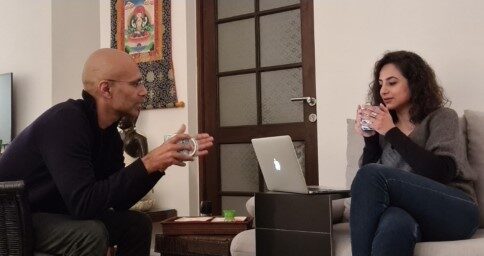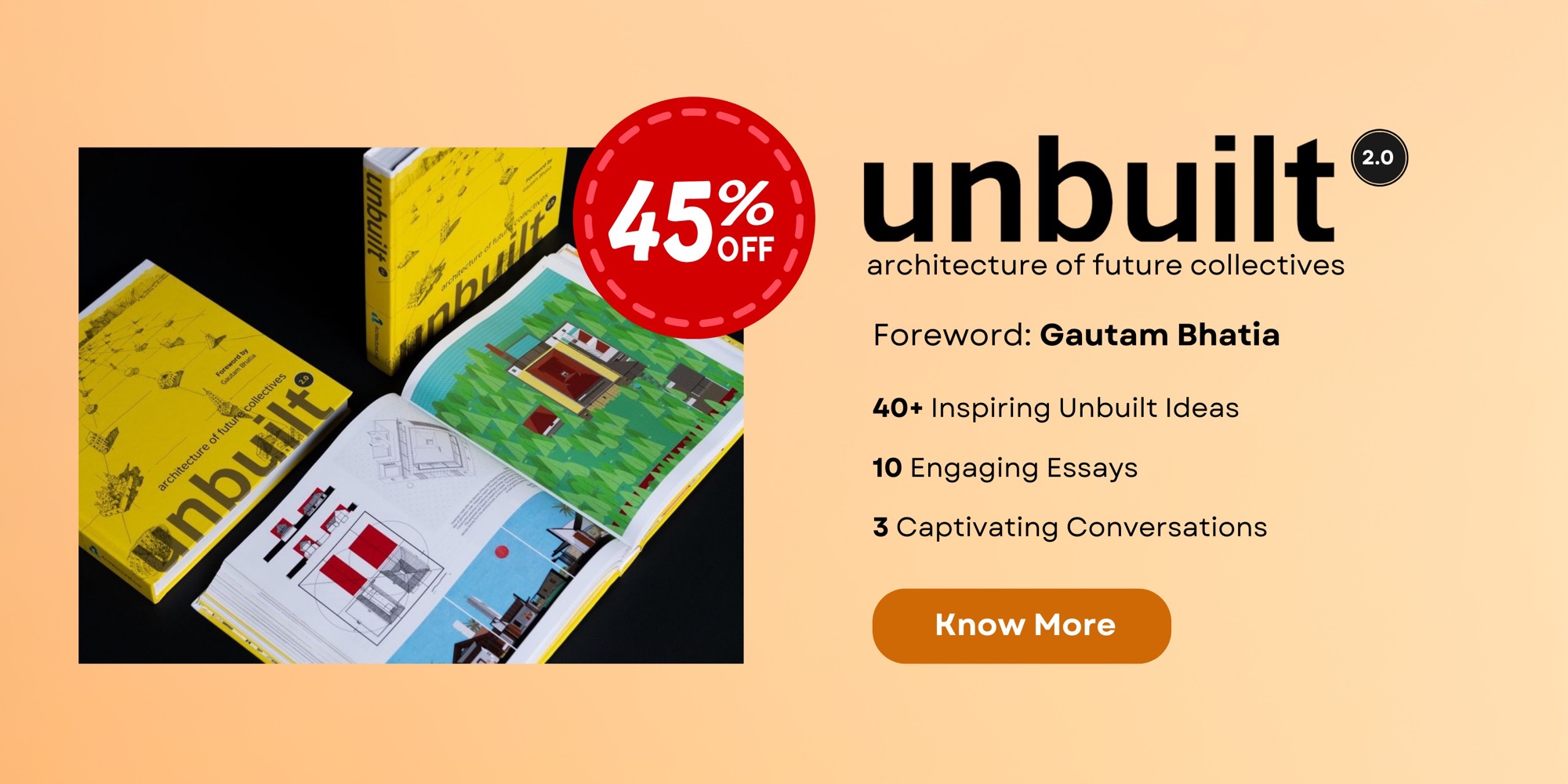
An Ode to Hope
Our proposal aims to reinforce the triumph of hope over despair.
The site is envisaged as a theatrical stage set, documenting the horror of tragic events and the resilience of the human spirit in facing them. This is expressed through a set of abstracted sequences of events which unfurl on the site, to recreate the memory, and demonstrate the gradual healing process underway.





The architectural vocabulary of the Gateway of India in the immediate context is taken as a point of departure, to further derive a tool kit of architectural elements such as arches, in varying proportions relative to the scale of our proposal. In the initial sequence, the basic structure of Gateway of India is represented in the form of a skeletal framework, followed by the gradual disintegration of individual architectural elements into fragments reminiscent of the discordance that follows a terror occurrence. This sequence is eventually concluded through a gradual reconstitution and reorganization of disparate elements into a cohesive and tangible whole, in the form of partly roofed, vaulted structures representing the unification process of our community to fight this menace collectively.
The proposed modular structure of AN ODE TO HOPE has the inherent flexibility to adapt to additions and deletions in varying configurations on-site, in order to accommodate a vast array of programmatic requirements. Moreover, the toolkit allows the structure to be assembled as well as dissembled with ease of effort and time. Above all, the proposal was designed keeping in mind the importance of the Gateway of India, making sure not to overshadow it, leaving enough distance to be able to photograph the monument without obstructing the view.




THE BRIEF
The Gateway of India precinct is one of the oldest and most popular tourist-friendly areas of not just the city, but also of the nation. The precinct hosts an array of various hotels, art galleries, historic buildings and other businesses that cater to visitors from within and outside the city. As a result, it has become the hub of tourist activity with a variety of landmarks, heritage buildings and vital street life. Apart from being an attractive destination point for tourists, the precinct has a strong, poignant history which resulted in it being the prominent locale that it is today. Events that have time and again tested the city’s resilience and fighting spirit are studded in its history and come to mind when we think of Mumbai.


The attacks of 26/11, hit the nation in shockwaves so strong, that they broke the city’s spirit for several months to come. An attack of such an intense magnitude wrenched through the heart of every Indian broke the homes of the people involved and left a stain on the timeline of our country. While the immensity of the event brings to mind the brutality of the attack; the several lives that were lost, those of the victims and the courageous soldiers who fought to save them, are left forgotten. In a situation, where even basic public spaces pose as an object of terror for the citizens, a message of hope, peace and amity needs to be sent out. Goodwill and solidarity have to be the first act of defence against such deeds of terror.

The main purpose of the competition was to design a temporary pavilion that holds the virtues of peace and amity in its essence, built in honour of the several valiant soldiers who lost their lives fighting the corrupt ideas of terrorism. The pavilion should be temporary in nature, constructed in a way that responds to its environment in an eco-friendly way.









